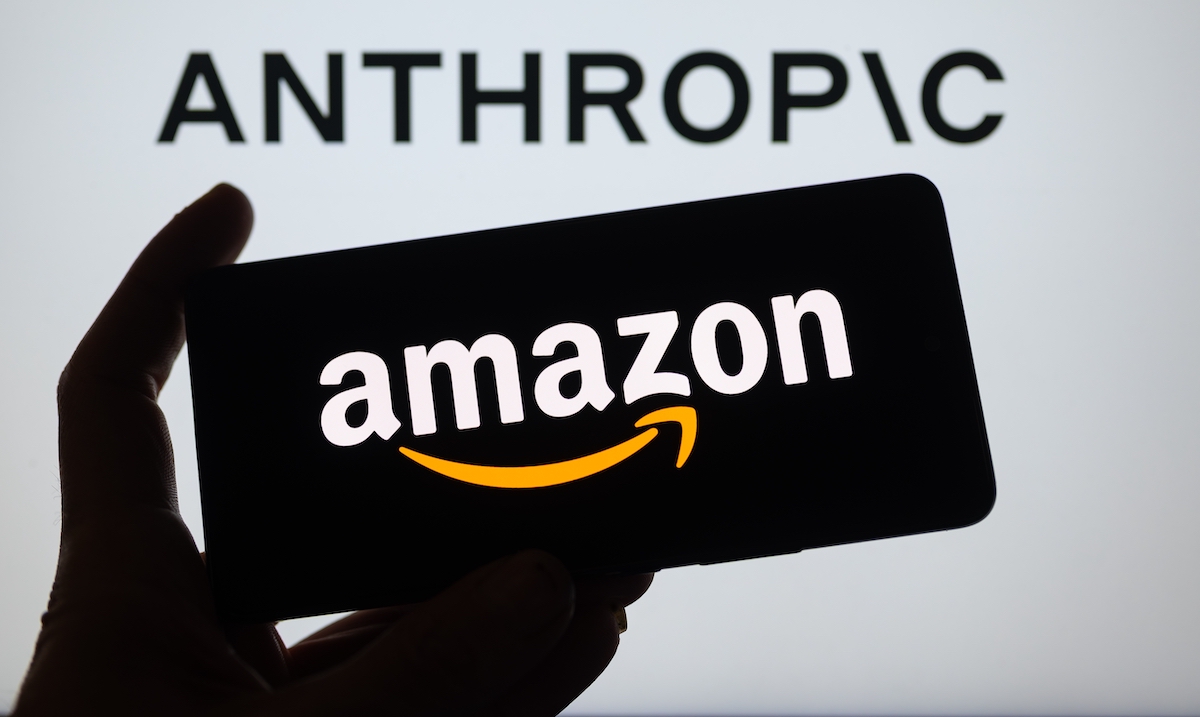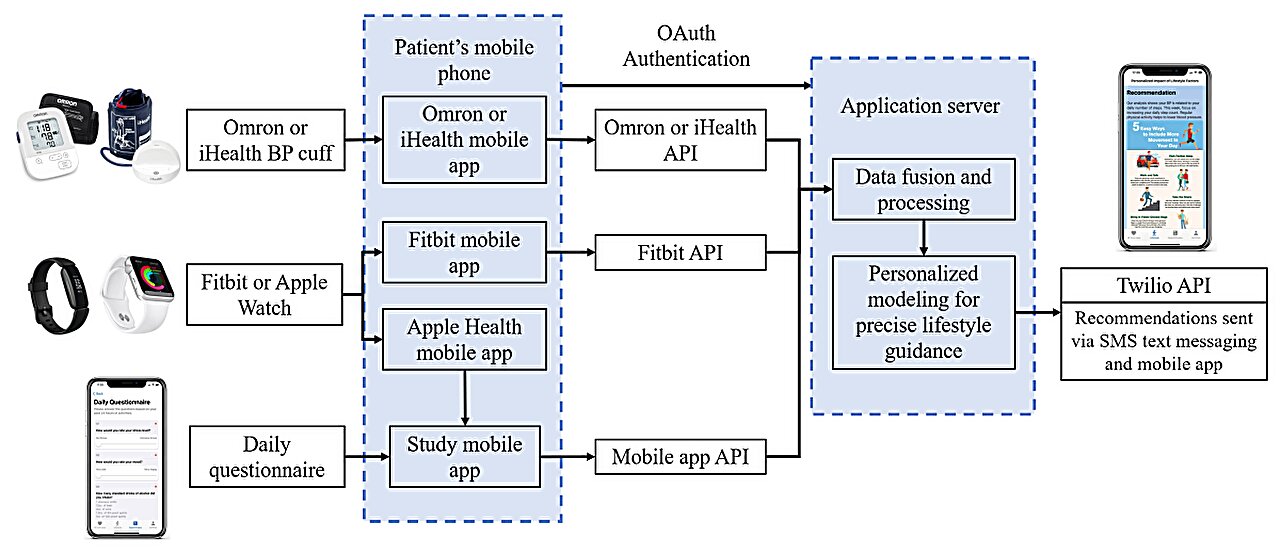
The Misalignment Between Tech, Policies, and Economics: A Barrier to Reducing Transportation Emissions
The transportation industry is facing a significant challenge in reducing emissions, and according to Shelley Simpson, president of J.B. Hunt Transport Services, it’s due to a misalignment between sustainable technology, policies to regulate emissions, and an economic case for incorporating emerging technology.
Simpson highlights the challenges facing the industry
“We have pressures that we’re all facing, and those pressures are affecting our businesses, our decisions, and the future of our industry,” Simpson said during her keynote address at this year’s ACT Expo. “The reason that we’re feeling this tension is because there’s a misalignment of sustainable technology, policies to regulate emissions, and an economic case for incorporating emerging technology.”
A combination of rigid deadlines at both the state and federal levels, such as the California Air Resources Board’s Advanced Clean Fleet rule and the U.S. Environmental Protection Agency’s latest emission standards for heavy-duty vehicles, is putting fleets in a precarious position.
“When state requirements and federal requirements do not align, and they’re not consistent, it does create additional issues with interstate operations and commerce, and the innovation required to meet these regulatory requirements.” - Shelley Simpson
JB Hunt recently announced an ambitious goal to reduce carbon emission intensity 32% by the year 2034. To achieve this, the company is focusing on three key areas: alternative power equipment, biogenic fuel, and improved fuel economy. However, there are significant challenges to each of these.
 The operational inefficiencies associated with battery-electric trucks are a significant challenge
One challenge is the operational inefficiencies associated with battery-electric trucks, including reduced payload capabilities, range, and charging time when compared to operating a diesel truck. These inefficiencies would result in the necessity for the JB Hunt team to add more zero-emission vehicles to perform the same amount of work that’s currently being performed with their diesel trucks.
Another concern is the inadequate charging infrastructure for commercial vehicles and the necessary power supply to support it. According to research from the American Transportation Research Institute, 40% more electricity is needed than is currently being generated in the U.S. if all 276 million registered vehicles, both cars and trucks, were converted to EVs.
JB Hunt has achieved an estimated 16% reduction in its carbon emission intensity towards its goal of 32% by 2034 from a 2019 baseline, seeing the most progress from its consumption of biogenic fuel. The fleet’s greenhouse gas emission intensity has gone from 120 tons per million ton-miles in 2019 to 94 tons per million ton-miles in 2023, an 18% improvement.
 JB Hunt’s CLEAN Transport Carbon Calculator helps customers reduce their carbon footprint
JB Hunt also provides transportation solutions for its customers to help them reach their sustainability goals in the most economical means possible. One such service, JB Hunt’s CLEAN Transport Carbon Calculator, is a proprietary tool that determines a customer’s carbon footprint, which is then used to educate them on best practices through what the company calls the Carbon Diet methodology.
In conclusion, Simpson emphasized the need for a comprehensive approach to reducing transportation emissions, one that takes into account the misalignment between sustainable technology, policies to regulate emissions, and an economic case for incorporating emerging technology.
“We should consider the level of impact and the associated cost so that we can continue to be economically sustainable in the pursuit of environmental sustainability, and this is how we drive value with sustainable transportation.” - Shelley Simpson














